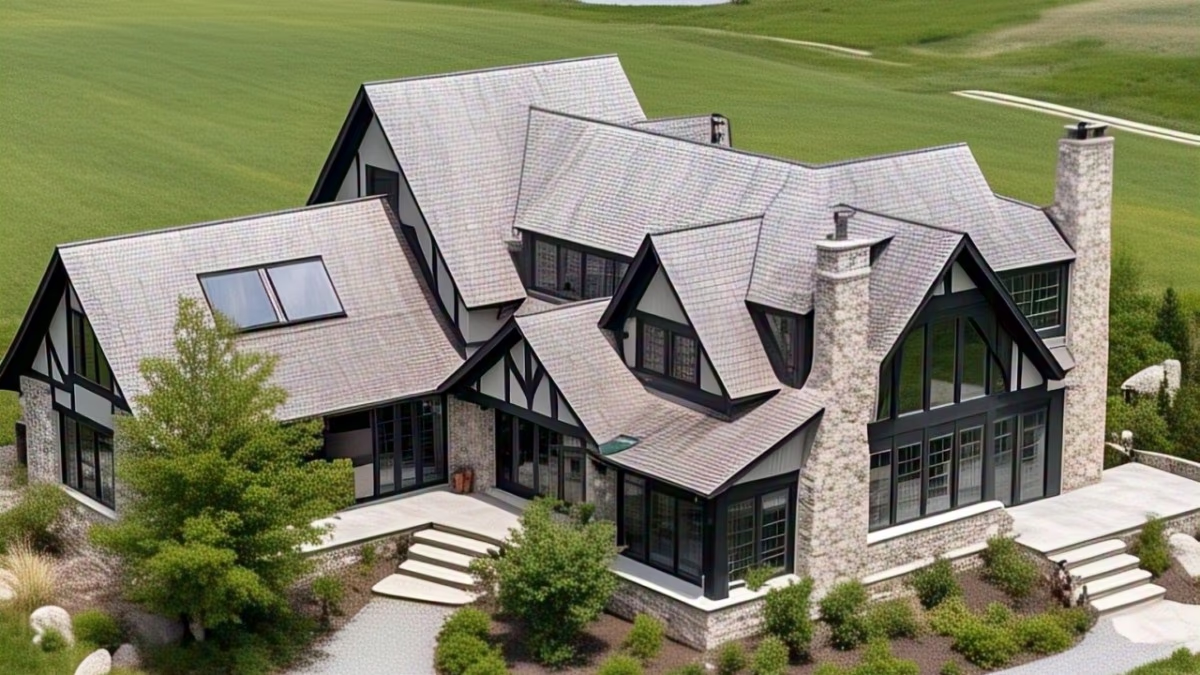In fiscal year 2026, residential property sales are projected to experience a more modest growth rate of 10-12%, compared to 12-14% in 2025, according to Crisil Ratings on Tuesday. After experiencing double-digit growth in the last two fiscal years, average prices are predicted to increase by 4-6% in the coming years. Developers foresee steady advancement this year and next as demand stabilizes post-COVID recovery over the past three years.
Due to upcoming state elections in 2025 and modifications in property registration regulations, project launches have been delayed in some cities, leading to stable demand. However, rapid demand growth is anticipated this fiscal year and the next, driven by low-interest rates and stabilized prices.
Read More: The Middle-Class Dream: Challenges in Buying Homes as Affordable Units Fade Away in the Shine of Luxury Homes
According to Crisil Ratings, the supply is expected to surpass demand, leading to a gradual rise in inventory levels this year and next fiscal year. Developers maintain solid credit profiles owing to debt-free balance sheets. The top 7 cities have witnessed an impressive leap in the premium and luxury segment, growing from 9% in 2020 to 37% in 2024. This surge is attributed to rising incomes and urbanization fueling the desire for luxurious homes. By 2025-26, this segment is expected to account for 38-40% of total launches.
Conversely, the affordable and mid-segment launches are anticipated to constitute a smaller share, around 10-12% and 19-20%, respectively. Compared to 2020, where these segments held 30% and 40% shares, they have considerably diminished. Increasing land and raw material costs have made these segments less feasible for developers. In anticipation of higher demand, developers increased launches over the past three years, leading to supply surpassing demand. This trend is expected to continue this fiscal year and next.
Read More: Why Thousands of Flat Buyers in Delhi-NCR Are 'Homeless' and Why People Lack Trust in RERA?
Crisil Ratings indicate this trend is further driven by significant growth in equity investment. Funds raised via QIPs in the last fiscal year reached up to 24% of outstanding debt, compared to 13-16% in the three previous fiscals. Increased QIP funds and continually improving operating cash flow (CFO) have reinforced developers' credit metrics. Their debt-free balance sheets have helped improve the debt to CFO ratio from 1.2-1.5 times over the past two fiscals to 1.1-1.3 times for this and the next fiscal year.




